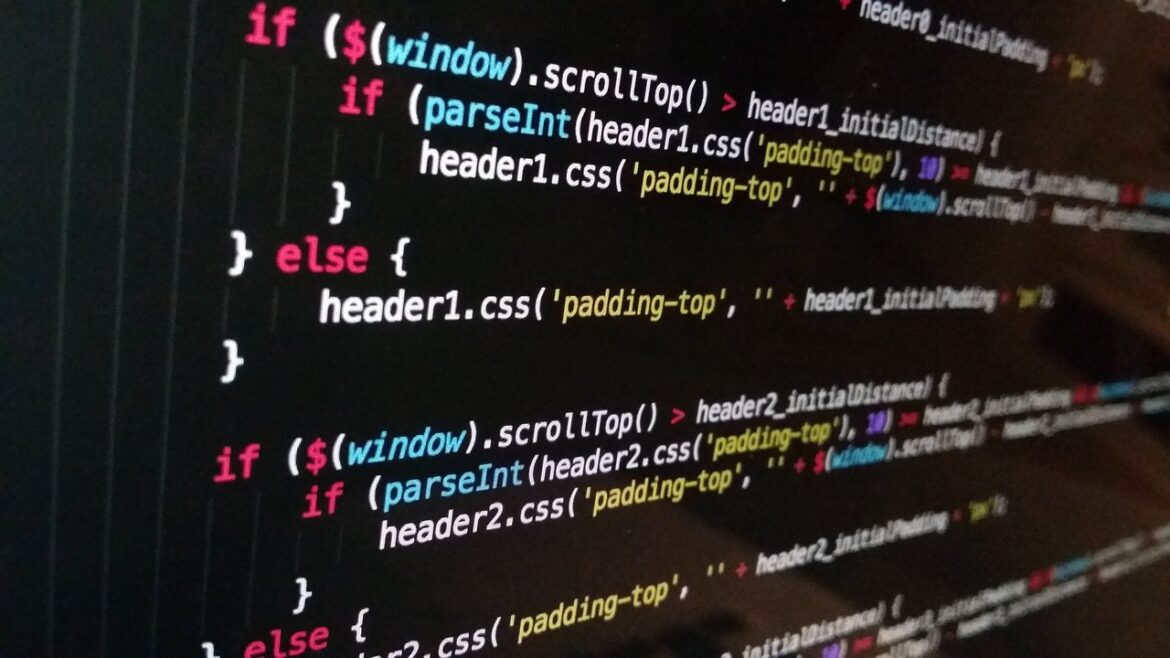Mental health technology is rapidly evolving, reshaping how care is delivered and experienced all over the world. Behind this transformation sit some of the most popular and powerful programming languages driving innovation, accessibility, and smarter solutions for mental health services. Let’s dive into the top trending programming languages in the category of mental health for 2025 and explore how they power real-world change.
Python: The AI Brainpower Behind Smarter Mental Health Solutions
Python dominates as the backbone for many mental health technologies because of its versatility and strong support in artificial intelligence and machine learning. Behavioral health billing solutions now harness AI to reduce errors and speed up reimbursements. For example, platforms use Python-driven AI to analyze clinician notes in real time and recommend the best billing codes, cutting down processing time and helping providers focus on patient care.
These AI systems can also detect patterns leading to claim denials before they happen, making the administrative process smoother and less stressful for mental health professionals. By handling routine and error-prone tasks, Python-powered systems free up staff to deliver more empathic and focused care, demonstrating how code can improve lives in practical ways.
JavaScript & TypeScript: Enabling Accessible and User-Friendly Mental Health Apps
Web-based therapy apps and digital mental health tools rely heavily on JavaScript and its superset TypeScript. These languages create smooth, interactive experiences that make online therapy platforms accessible and easy to use, even for those not tech-savvy.
Apps using JavaScript frameworks offer flexible scheduling, instant messaging, and video therapy sessions that fit busy lifestyles and break down geographical barriers. The convenience and anonymity offered by these apps reduce stigma and encourage more people to seek help, illustrating the power of user-centric design.
C++ and Rust: Robust Foundations for Wearables and VR Experiences
When it comes to high-performance mental health technology—like brain-computer interfaces (BCIs), implantable devices, and immersive virtual reality (VR) for exposure therapy—languages like C++ and Rust are key. These systems demand speed, safety, and reliability.
C++ has historically been the choice for programming implants and sensor devices that can monitor neurological signals or pain levels, enabling advanced interventions for conditions like epilepsy or chronic pain. Similarly, Rust is gaining traction for its memory safety features, which are critical for medical devices handling sensitive brain data.
VR use in mental health is expanding, offering immersive environments where therapists can safely guide patients through anxiety-inducing scenarios. Crafting these realistic worlds with optimized performance hinges on these powerful languages.
Swift and Kotlin: Native Mobile Apps for Personalized Mental Wellness
For mental health apps on mobile devices, Swift (for iOS) and Kotlin (for Android) are indispensable. These languages allow developers to create smooth, responsive native apps tailored for tracking mood, meditation, cognitive behavioral therapy exercises, and even crisis intervention.
Consider apps like Headspace and Talkspace that provide mindfulness exercises or 24/7 chatbots powered by AI, helping users cope anytime, anywhere. By leveraging the advanced features of modern smartphones, these apps deliver personalized care that fits into daily routines.
Real-World Impact: How These Languages Connect to Mental Health Success Stories
-
AI-Powered Billing: Python-driven AI technology transforms chaotic billing in behavioral health, improving revenue cycles so clinics can invest more in care.
-
Virtual Therapy Gets Real: C++ and Rust enable VR environments that feel real enough to help users confront fears without risking harm, opening new doors in treatment.
-
Access Anytime, Anywhere: JavaScript and mobile-native languages make therapy less intimidating and more reachable, especially vital for communities with limited access to traditional care.
-
Gen Z and Tech-Integrated Wellness: Young leaders in mental health tech advocate blending AI, emotional intelligence, and user-friendly apps to reduce stigma and promote open conversations.
Summing Up: The Digital Symphony for Mental Health
Each programming language plays a unique role like instruments in an orchestra, creating a richer, more supportive mental health ecosystem. Python lends the brainpower for AI, JavaScript and mobile languages handle the user-facing interactions, while C++ and Rust secure the hardware and immersive experiences.
This technological harmony is making mental health care more accessible, personalized, and effective than ever before. The code behind these solutions might seem complex, but the goal is simple: healthier minds and better lives.
So next time you open a meditation app, hop into an online therapy session, or read about brain implants helping control seizures, remember these languages are the unsung heroes powering these real-world impacts.
These trends paint an exciting future for mental health tech — one where cutting-edge code and human care work hand in hand to meet the challenges of mind wellness in the modern era.
References:
- https://www.adsc.com/blog/mental-health-billing-solutions-how-technology-is-changing-the-game
- https://www.numberanalytics.com/blog/technology-for-disability-and-mental-health
- https://bernardmarr.com/7-healthcare-trends-that-will-transform-medicine-in-2025/
- https://www.insidehighered.com/news/student-success/health-wellness/2025/06/20/data-shows-uptake-statewide-digital-mental-health
- https://kevinmd.com/2025/06/how-gen-z-is-transforming-mental-health-care-podcast.html
- https://www.remocate.app/jobs/the-chief-technology-officer-web3-blockchain
- https://www.360iresearch.com/library/intelligence/digital-mental-health
- https://nfconference.vfairs.com



